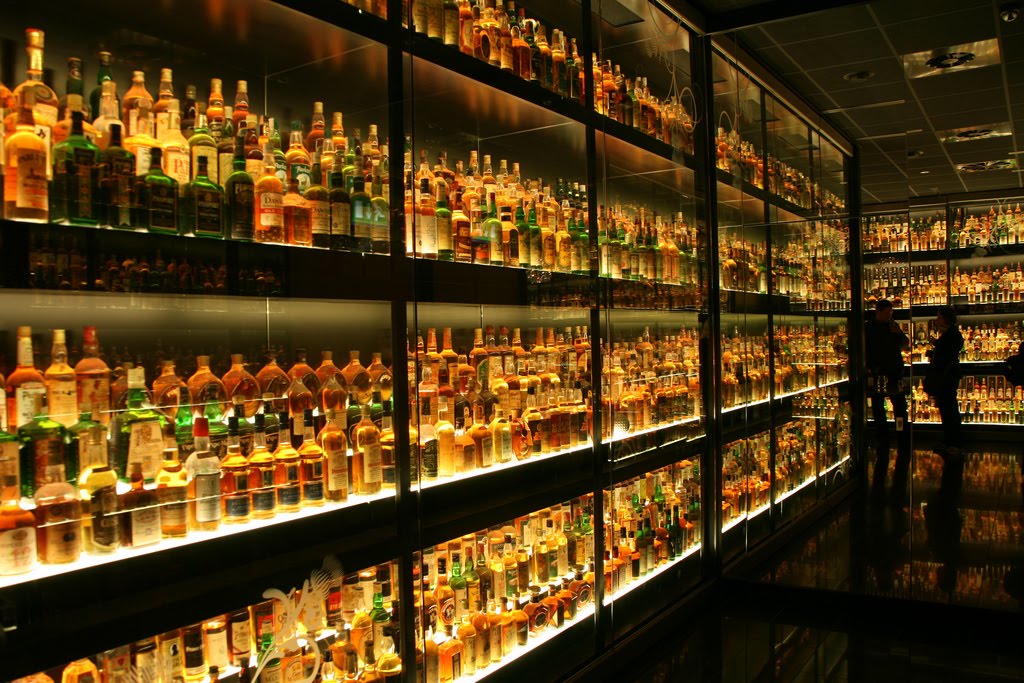DC loves our Scotch. It’s a scientific fact.

But here are five things you may not know about Scotch.
1). You know who loves Scotch more than you? The French. That’s right, I said it.

France consumes more Scotch than any other country. (The U.K. is the second-biggest consumer and the U.S. the third.) More Scotch is sold in France in one month than Cognac in an entire year. The largest market for Scotch in terms of value is France, with 10.8% share. The UK is second with 8.1%, and the US third with 7.5%. Looking at the BRIC markets, Brazil accounts for 4.9%, China has 3.2%, while Russia accounts for 2.9% and India 2.5%.
2). You know who doesn’t love Scotch? Tax increasing bureaucrats in 1725 (no shock there).

The English Malt Tax of 1725 shut down much of Scotland’s whisky production and drove many Highlanders to bootlegging. Not that this stopped people from drinking the stuff. Even King George IV called for his Glenlivet by name. Of course, the spirit back then was not quite the same as it is now. Distillers only started aging their whisky much later – as late as the 19th century, some speculate.
3). Scotch likes water, but it’s cold to ice.

Add water, not ice. Water can help a whisky open up, allowing its aromatics and the subtle nuances of its character to bloom. Just about every master distiller tastes his whisky with a few drops of room-temperature water added. Ice, on the other hand, masks Scotch’s complexities.
4). The Scotch like to lie about inventing Scotch. Sneaky little people they are.

The oldest reference to the production of whisky is not in fact in Scotland, but in Ireland, where it is believed that monks began distilling spirits as far back as the fifth century. The first reference from Scotland is found in the Exchequer rolls, the accounting records for the royal finances in 1494, where an allowance was made for “eight bolls of malt to Friar John Cor wherewith to make aqua vitae.”
5). Scotch is basically old burnt beer. Fact.

Scotch whisky is, at its most basic, a distilled beer. It’s made using malted barley (or other grains) but the “wash” is different from the beer you might drink in a pub in that no hops are added. It’s then distilled twice to create a smooth strong spirit that is aged in oak barrels for a minimum of 3 years before it can be called whisky. Traditionally these barrels came from the port-producing regions of Portugal and the Sherry-producing regions of Spain. As these became harder to obtain, Scotch distilleries turned to their American cousins in Kentucky to buy Bourbon barrels, which by law could only be used once before being discarded. It was a marriage made in heaven.
The more you know…

Content sourced from Scotch Whiskey Association, Food Network, Food Republic, and Just Drinks. Thanks for doing the leg work – good stuff!


if you are going to copy and paste entire paragraphs, you should probably at least link back to the original posts instead of throwing in a “thanks” at the end
We agree completely and this was oversight where links where not included during editing. Apologies and great research by all!